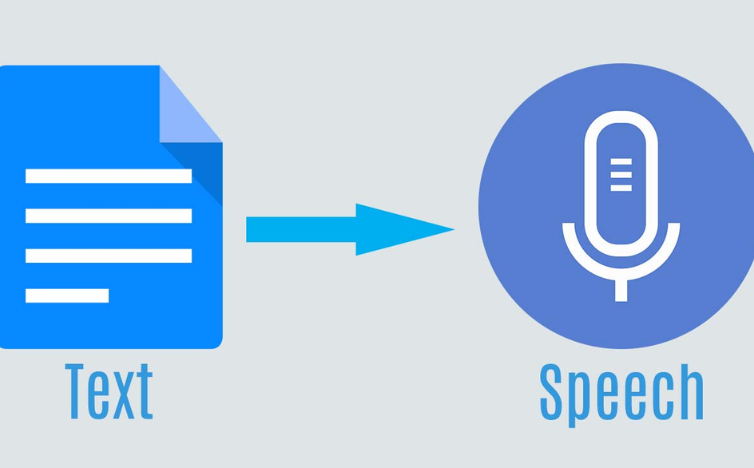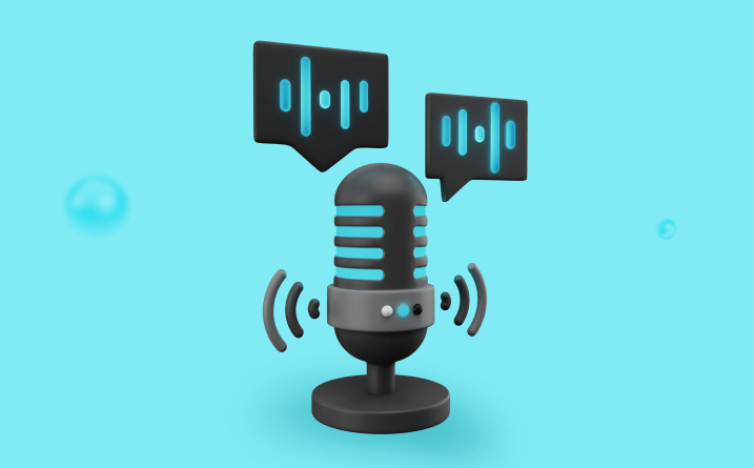In this digital age, content is king and attention is the ruler. Therefore, the way we produce and present information has gone through a tonal revolution. Artificial Intelligence (AI) powered text-to-speech (TTS) technology was once a clumsy, robotic and often painful interpretation of text but it has evolved into an increasingly human-like medium that can be used to generate sophisticated content. This shift goes beyond style though; it has wide-ranging implications for creators of content, marketers, and educators.
Table of Contents
The flexibility of AI in TTS for Content Production
Modern AI-driven text-to-speech (TTS) tools like Amazon Polly, Google Text-to-Speech, and IBM Watson have come a long way in producing natural-sounding audio with expressive intonation.

Quality of the Output
The days when TTS software struggled to pronounce words correctly, let alone express any intonation or emotion, are long gone. Today’s AI-enabled TTS tools like Amazon Polly, Google Text-to-Speech and IBM Watson Text-to-Speech produce audio that is not only intelligible but also captivating too. These voices replicate human speech by adjusting their pitch, speed or volume to stress particular words and adapt expressively to writing.
Diverse Uses
AI TTS tools are not just about making your blog posts or articles more accessible to a wider audience including those with visual impairments. They also find applications in audiobook creation, voiceovers for videos as well as podcast production among others. They can be adjusted to reflect accent, language even dialect so that content comes out in the manner that would most resonate with its intended audience.
See Also: 10 Best AI Tools For Voice Changer
The Rise of AI TTS in Education
Educators are using AI TTS technology to transform how they deliver learning materials hence becoming more effective than ever before. The tools assist in making instructional materials accessible regardless of a learner’s reading ability levels or linguistic background. This approach supports continuous learning environments where students might listen rather than read their lessons during commutes or other activities.
Individualized Learning
By offering different kinds of voices at varying speeds this makes them useful in personalizing teaching experiences with them tailored towards each student’s individual preferences. Also, educators can use them for different learning modalities; audio can reinforce or supplement textual content.
See Also: 10 Best AI Tools For Education
Removing Obstacles
For students who have learning disabilities such as dyslexia, AI TTS may be a game-changer since it removes traditional text barriers. They hear the words read to them in a clear and expressive voice that not only helps them understand and remember things more but also boosts their self-assurance and motivation.
AI TTS in Marketing and Content Strategy
AI text-to-speech (TTS) tools are transforming how marketers create immersive content by incorporating human-like voices into interactive chatbots, VR environments, and audio tours.

Interactive Immersive Content
Accordingly, AI TTS tools are supporting the rise of a new era of interactive experiences as passive consumption of content diminishes. Instead of just reading tales, customers can now listen to them. This has seen marketers use TTS in creating interactive chatbots that appear human-like, incorporating voices into VR environments, as well as developing audio tours that enhance customer experience within physical locations.
See Also: 10 Best AI Chatbots For Businesses
SEO Optimization & Content Accessibility
Therefore, creators of content must note that voice now matters with regards the searches done on-line. In order to capture voice searches and cater to an increasing number of people who prefer auditory information than written ones, they transform text-based contents into speech. Moreover, TTS makes online materials meet web accessibility standards so users with disabilities can access it too.
See Also: 10 Best AI Tools for SEO
Addressing Accuracy and Pragmatic Concerns
Though there has been considerable progress made in AI TTS, it has not been all smooth sailing. Accuracy is still a problem especially with proper names and specific jargon used in different domains. Another challenge is to balance the speed and clarity of the AI voices because if they are too fast or too slow, their message may be lost. At the same time, creators must also consider the negative consequences on regular voice-over artists and ensure that this technology is employed ethically.
The Ethics of AI TTS in Content Creation
However, there are ethical questions surrounding how easily AI TTS can imitate human speech. The topic necessitates addressing issues such as potential misuse of TTS for fraudulent purposes as well as impact on professional voice actors’ rights to silence with regards to privacy and data security concerns among others. It is important for content generators employing this technology to do so responsibly and let their audience know about it.
Conclusion
We live in a fast paced digital world where Text-To-Speech (TTS) systems driven by AI have completely changed how information is consumed and accessed. The advantages of using TTS tools include accessibility, natural voice tones, saving time and cost and better language support.
In future, we should expect more improvements on text-to-speech from incorporation of this technology in AI development. By embracing these strides we not only enhance the user experience but also create opportunities for different individuals with different requirements.
Therefore if you come across any content that requires reading out loud or assistance when reading then make use of Artificial Intelligence based Text-to-Speech tools. Be part of this contemporary technology that is shaping a more inclusive global community thereby contributing towards efficient future.
FAQs
How Do I Choose My Best Fit Among AI Text-to-Speech Tools?
When you are considering your audience’s needs, the context within which the audio will be consumed and what level of control/customization you need, you should think about choosing an AI text-to-speech tool. Consider factors such as voice quality/naturalness, language/accents covered by an application as well as pricing model (ranging from pay-as-you-go models to tier based subscriptions).
Can AI TTS tools really replicate human emotion in speech?
Current capabilities allow today’s AI-TTS tools infuse text with emotions hence rendering more natural sound output closer to actual human beings talking . Although not replacing nuanced expressiveness of a human reader or professional voice actor, they have become increasingly adept at simulating emotional cues.
What are some possible disadvantages of using Artificial Intelligence (AI) Text-To-Speech systems in content creation?
In some instances, a reliance on AI TTS may result in the loss of authenticity and personal touch brought by human narrators that can be seen as short cutting to human voiceover work. Another concern is the subconscious bias that can be introduced by the choice of AI voices, which highlights the importance of diverse options and thoughtful selection.




